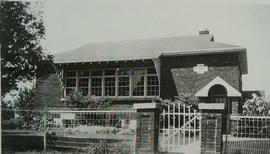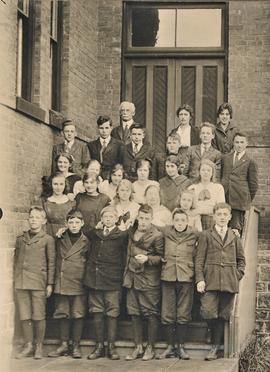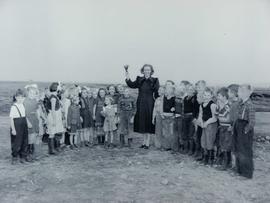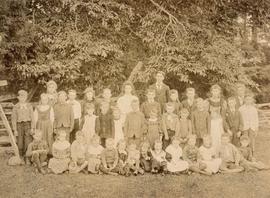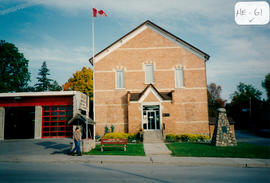- CA BWGPL WEG-Sch-OS10297
- Item
Parte de WEGWHIST Collection
S.S. # 6 Middleton School. This school was built in 1908 on the same site as the old school (first built in 1850, moved to become a barn in Bond Head) by T.D. Stoddart.
See the related articles for information on its construction and George Washington Stoddart's accident during construction. These small articles from the Bradford Witness & South Simcoe News in 1908 and 1909 on the construction of Middleton School S.S. #6 were found through the research of the Bradford Heritage Committee.

